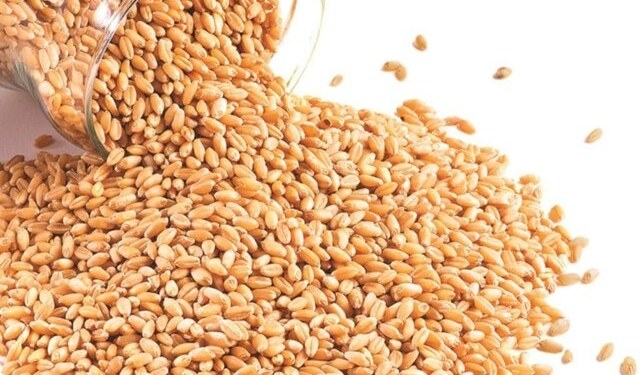Synthetic rubber and natural rubber are substitutes for each other. Large and medium-sized tire factories usually have several formulas to adjust the ratio of natural rubber to synthetic rubber in tire production according to market price changes. After the year, with the rebound of Hujiao, the synthetic rubber was also stimulated, but the industry’s offer was not strong enough. In March, the natural rubber market turned into a shock adjustment market, and the ex-factory price of styrene-butadiene and butadiene rubber decreased accordingly, and the decline was basically in line with market expectations. The supply of butadiene, the main raw material, was abundant, and the quotation continued to fall. The average operating rates of domestic styrene-butadiene and butadiene rubber units have reached about 60%, and stocks have accumulated. The overall downstream demand is weak and just needs to be purchased. The market for synthetic rubber is sluggish, and some players are hanging upside down, but the spot circulation speed is not good. In the second quarter, the maintenance of synthetic rubber equipment at home and abroad was relatively concentrated. Yangzi Petrochemical and Lanzhou Petrochemical will all be shut down for maintenance in May. There is also an overhaul plan for Kumho in South Korea. By then, the supply of synthetic rubber will be reduced, which will definitely stop the market. However, the supply of butadiene is difficult to change in the short-term, and the formation of styrene-butadiene and butadiene rubber at the cost end is dragged down. In summary, the lack of synthetic rubber is substantially beneficial to boost, and it is difficult to provide an alternative support for natural rubber.
Translated by Google Translator from http://www.cria.org.cn/newsdetail/48191.html




























